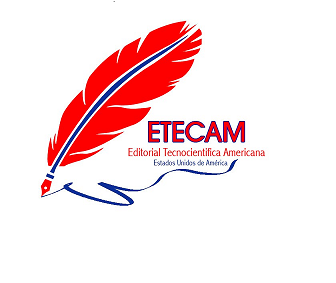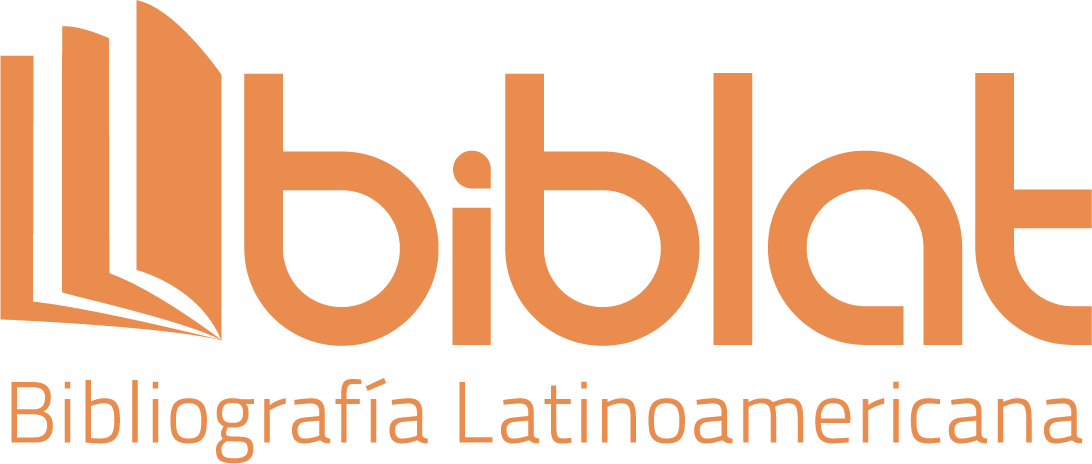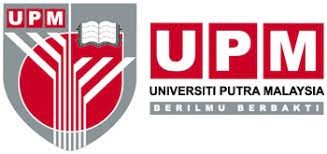Use of alternative products in the production of beans (Phaseolus vulgaris L.) under conditions of La Tagua
DOI:
https://doi.org/10.51736/sa.v7iEspecial%204.308Keywords:
bioproducts, azotobacter, phosphorine, efficient microorganism, alternativesAbstract
This article shows the result of the research carried out on the El Jardín farm belonging to the Provincial Flora and Fauna Company, located at km 15 of the Palmar - La Tagua highway, in the Manuel Tames municipality of the province. from Guantánamo, where the bioproducts azotobacter, phosphorin, an efficient microorganism are used as alternatives for the production of bean crops, with the objective of evaluating the response of bean plants to the application of alternative products under conditions of La Tagua. A randomized block design was used, with four treatments and four replications. The variables of plant height, stem thickness, number of leaves, number of legumes per plant and number of seeds per legume were evaluated. On the different days of evaluations, the best plant responses were recorded in treatment four, where an efficient microorganism was used, achieving an increase in general, highlighting that the other variants evaluated were superior to the production control. Therefore, the application of bioproducts would be an alternative to increase the yields of bean crops.
Downloads
References
Centro Nacional De Tecnología Agropecuaria y Forestal (1996). Guía técnica, programa de granos básicos cultivo de fríjol (Phaseolus vulgaris). San Andrés, C.A.
Hernández del Valle G, Hernández O, Guridi F, Arbelo N (2012) Influencia de la siembra directa y las aplicaciones foliares de extracto líquido de Vermicompost en el crecimiento y rendimiento del frijol (Phaseolus vulgarisL.) cv. cc–25–9. Revista Ciencias Técnicas Agropecuarias 21 (2): 86-90
González, M. (2001). Obtención de un biopreparado estimulador del crecimiento vegetal a partir de cepas nativas de Azotobacter, su aplicación en la agricultura urbana. Sociedad Cubana de las Ciencias del suelo, 4.
Instituto Nicaragüense de Tecnología Agropecuaria (2009). Cultivo del frijol. Guía tecnológica para la producción de frijol común (Phaseolus vulgaris L.). Managua.
Leiva A. y Hernández A. (2005). Microorganismos benéficos como biofertilizantes eficientes para el cultivo del tomate (Solanum lycopersicum). Revista Colombiana de Biotecnología, VII(2), 47-54.
Peña, K., Rodríguez, J., Olivera, D. (2017). Efecto de un promotor del crecimiento en el comportamiento productivo del frijol (Phaseolus vulgaris L.). Avances en Investigación Agropecuaria. Revista de investigación y difusión científica agropecuaria, 21(1), 35-45.
Ramírez, M. A. (2009). Tecnología de microor-ganismos efectivos (EM) aplicada a la agricultura y medio ambiente sostenible. Tesis de Ingeniería Ambiental. Universidad Industrial de San-tander.
Singh, J. S.; Pandey, V. C. y Singh, D. P. (2011). Efficient soil microorganisms: A new dimension for sustainable agriculture and environmental development. Agriculture, Ecosystems & Environment, 140(3–4), 339-353. DOI 10.1016/j. agee.2011.01.017.
Tamayo, Y., Martín, G., Corona, Y. y Barraza, F. (2015). Respuesta de la Canavalia ensiformis (L) D.C. ante la coinoculación de Rhizobium y hongos micorrízicos arbusculares. Hombre, Ciencia y Tecnología, 19(1), 100-108.
Published
How to Cite
Issue
Section
License
Copyright (c) 2024 Raciel Lobaina Herrera, Ernesto Viquillón Fajardo, Anieska Osoria de la Cuesta

This work is licensed under a Creative Commons Attribution-NonCommercial-ShareAlike 3.0 Unported License.






















































